As today’s pet parents want the same quality and safety standards for their pet food as they do their own food, the packaging and design trends driving human food can easily be translated to food packaging for our four-legged friends. Both human food and pet food are trending toward wholesome, simple ingredients with a focus on special dietary and nutritional needs. Packaging plays a key role in identifying those specialties for consumers, whether they are shopping online or in-store.
Packaging, which is often thought of as the thing that gets tossed in the recycling bin once a product is used, presents a particularly interesting opportunity to innovate sustainable solutions and draw in consumers with unique design choices that speak to their needs and wants.
According to a global study by Nielsen, 52% of consumers said their purchase decisions partly depend on packaging, specifically saying they check the label to see if the brand is committed to positive social and environmental impact. This speaks to consumers’ desires to buy products that have a positive impact on their community and the planet. When consumer trends such as this are coupled with today’s visual trends and translated into packaging design, they can have a very powerful impact.
A consumer survey commissioned by Tetra Pak found that 76% of respondents believe this focus on environmental issues will increase in the next five years, and 38% of consumers reported environmentally sound packaging makes them much more likely to consider a brand.
One route to more sustainable packaging is to do more with less. The decisions made during the crucial packaging design phase will impact the environmental profile of a product in every stage of its lifecycle. Decreasing the amount of required materials optimizes a package’s environmental footprint. Material choices are also key. There are many options available for renewable, sustainable materials, such as plant-based plastics or Forest Stewardship Council (FSC)-certified paperboard.
A sustainable package should also extend the shelf life of the pet food by preventing exposure to light or oxygen to protect the product’s taste, color, smell and nutritional value. Aseptic and retortable cartons are a great example of this. This technology extends shelf life without the need for preservatives or refrigeration, and the packaging is recyclable.
But sustainable package design is just one piece of the packaging puzzle. Once the foundational, functional design choices have been made, there are a variety of other design aesthetics that can be leveraged to communicate a product’s sustainability story and tap into consumer trends. The design aesthetics outlined below can help pet food brands leverage these trends to drive purchasing decisions among savvy, digitally connected consumers.
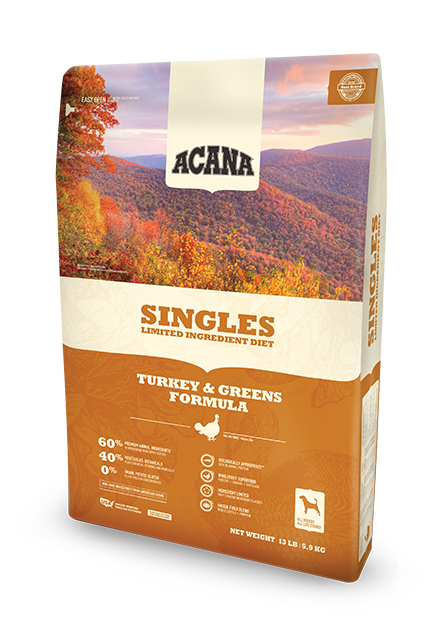 By nature = sustainable lifestyles
By nature = sustainable lifestyles
As sustainable lifestyles grow in popularity, consumers are increasingly aware of how their actions, including their purchasing decisions, impact the environment now and in the years to come. The trend toward more environmentally friendly lifestyles is also driven by a desire to get away from digital life and experience nature firsthand.
This consumer trend easily translates to the rise in popularity of natural pet foods, which place an emphasis on the integrity of the ingredients and their connection to the natural world. In fact, in a study by Mintel, 53% of all pet owners stated the best type of diet for their pet was one that “they would have eaten in the wild.” This number jumped to 69% among consumers who own both dogs and cats.
Pet food companies can address this trend by reflecting the natural world in package design. Natural landscapes, forests, rugged shapes for inspiration and autumnal landscapes inspire a rich and saturated color palette with hues of earthy browns, greens and grays. These colors can be balanced with clear tones, beige and black. A rustic look can be achieved by picking up on the textural nature of recycled paper, wood, rough pulp and fiber-infused papers.
Geometry and minimalism = simplify life
Consumers are on the lookout for things that simplify their busy, hectic lives and help them feel less stressed. This includes looking for products and ideas that give them new ways to save time and make their day-to-day lives easier.
Roper Reports Worldwide, a global consumer data and insight service, found that 65% of consumers said not having time for the things they want to do is a cause of stress. The same report found that 63% of consumers are willing to pay more for simpler experiences.
In our visually noisy world where brands are constantly vying for attention on a wide variety of platforms, consumers are increasingly attracted to packages that are simple, yet eye catching. Package design can communicate these concepts by using strong graphics and bold geometric shapes, set off by sharp contrasts of black and white with bold and bright tones. Stacked geometric blocks in vibrant colors can give a playful look. Bright tones with darker colors for two or three hues layered together, negative space and minimalistic typography can all make an impact. Adding aluminum or other metallic finishes, or a mix of matte, metallic, opaque or glossy finishes adds a modern flair.
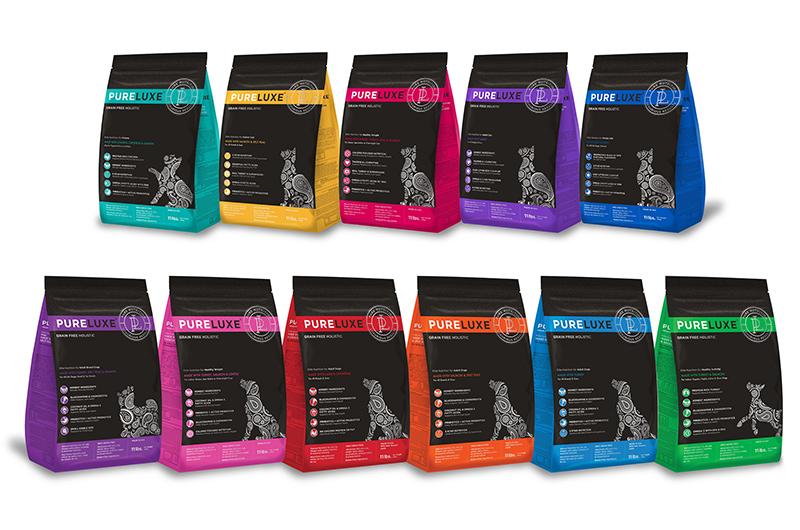
Human hand = searching for real connection
In an overly connected digital world, finding real, human connection can feel like a challenge. As consumers look for connections and comfort in their life, they also look for meaning and personality in their products.
Reflecting this bias, consumers favor brands that can interact with them in a friendly manner and are willing to build lasting relationships. A Marketing Week report found that 63% of consumers want brands to treat them like friends, engaging with them in an open and authentic way. Consumers are also seeking out products that communicate local, small-scale or homemade production. Authentic, simple recipes accompanied by low-tech style and handcrafted designs make the most of this trend.
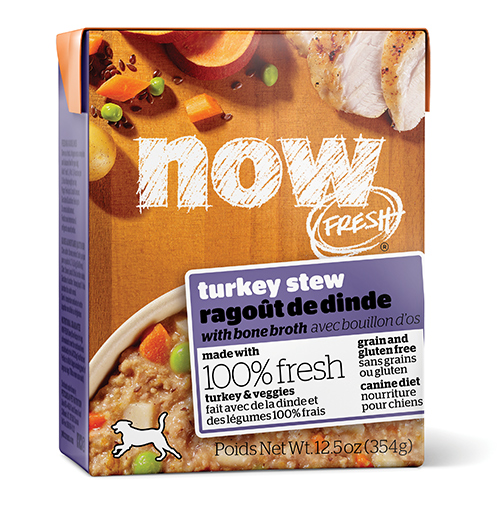 Visually, this means packages will take on a look that invokes nostalgia and crafts. Designs that feel refreshingly honest – think modern thrift and vintage fabrics and colors – can capture the essence of this trend. Look to everyday household objects that can be transformed into patterns; play with scale, bright colors and light contrasting backgrounds. Mixes of photography and hand sketches also play into this style. It can be especially impactful for pet food brands that are striving to create healthy, simple products that mimic home-cooked meals made with nutritious, whole ingredients such as fresh meats and vegetables.
Visually, this means packages will take on a look that invokes nostalgia and crafts. Designs that feel refreshingly honest – think modern thrift and vintage fabrics and colors – can capture the essence of this trend. Look to everyday household objects that can be transformed into patterns; play with scale, bright colors and light contrasting backgrounds. Mixes of photography and hand sketches also play into this style. It can be especially impactful for pet food brands that are striving to create healthy, simple products that mimic home-cooked meals made with nutritious, whole ingredients such as fresh meats and vegetables.
Origin and trust = transparency and authenticity
Around the world, consumers have a growing desire to purchase from brands they trust and expect them to be transparent about what goes into making their food. This is driven by many factors: concerns about food safety, how the food they eat arrives at their table, the environmental impact of the product, and a demand for ethical behavior and more information about how their food was made.
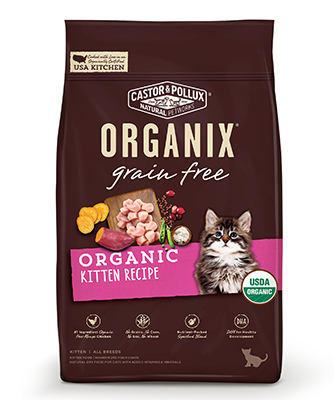 As a part of this trend, brands and products are not simply expected to be good – they are also expected to do good. Consumers are choosing to support brands that serve the greater good. According to Nielsen, 66% of global consumers say they’re willing to pay more for sustainable brands, with 73% of millennials willing to pay extra for sustainable offerings. For pet food specifically, Mintel found that 38% of consumers age 18 to 34 said one of their biggest pet food purchase influencing factors was the use of natural ingredients, and 30% said organic ingredients influenced their purchases.
As a part of this trend, brands and products are not simply expected to be good – they are also expected to do good. Consumers are choosing to support brands that serve the greater good. According to Nielsen, 66% of global consumers say they’re willing to pay more for sustainable brands, with 73% of millennials willing to pay extra for sustainable offerings. For pet food specifically, Mintel found that 38% of consumers age 18 to 34 said one of their biggest pet food purchase influencing factors was the use of natural ingredients, and 30% said organic ingredients influenced their purchases.
The right design can help build trust and a sense of transparency, reassuring consumers the product is a safe, ethical and nutritious option for their pets. For example, where ingredients were sourced can be addressed with a map or flag of the country of origin. Special certification seals, such as USDA Organic or non-GMO, can be featured on the front of the package. The package design can also be leveraged to communicate other details about how the product was made, such as being free of preservatives or minimally processed, which may be helpful to pet owners as they consider products.
Neo health = healthy balance
Modern consumers are taking a holistic view of their health by looking at their psychological as well as their physical wellbeing. This elevation of personal health and wellbeing is an increasingly important part of their image, impacting social interactions, new experiences and purchasing decisions.
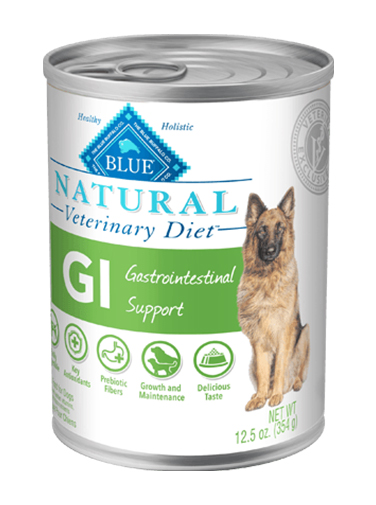 According to Nielsen, consumers are looking for functional foods that can either reduce their risk of disease and/or promote good health. Taking this a step further, Roper Reports Worldwide found that 45% of consumers look for products that are fortified with vitamins or minerals.
According to Nielsen, consumers are looking for functional foods that can either reduce their risk of disease and/or promote good health. Taking this a step further, Roper Reports Worldwide found that 45% of consumers look for products that are fortified with vitamins or minerals.
Dedicated pet owners are bringing the same set of values to the diets of their four-legged friends, which is reflected in the rise of functional claims in the pet food aisle. In 2017 in the United Kingdom, 25% of new pet food product launches made claims about digestive and urinary tract health, up 10% from 2014.
As pet parents continue to treat their pets like members of the family, it will become increasingly important that they see the values they’re looking for in their own food and beverages when shopping for pet food. Pet food brands can seize on this opportunity to inject new, creative design aesthetics into their packaging in a way that speaks to these needs, and they can make sure that consumers feel good about their pet food choice well after Fido or Fluffy has finished dinner by making packaging from renewable, sustainable materials that are easy to recycle.
Pedro Gonçalves is vice president of marketing for Tetra Pak US and Canada.
Read more articles about pet food packaging.



